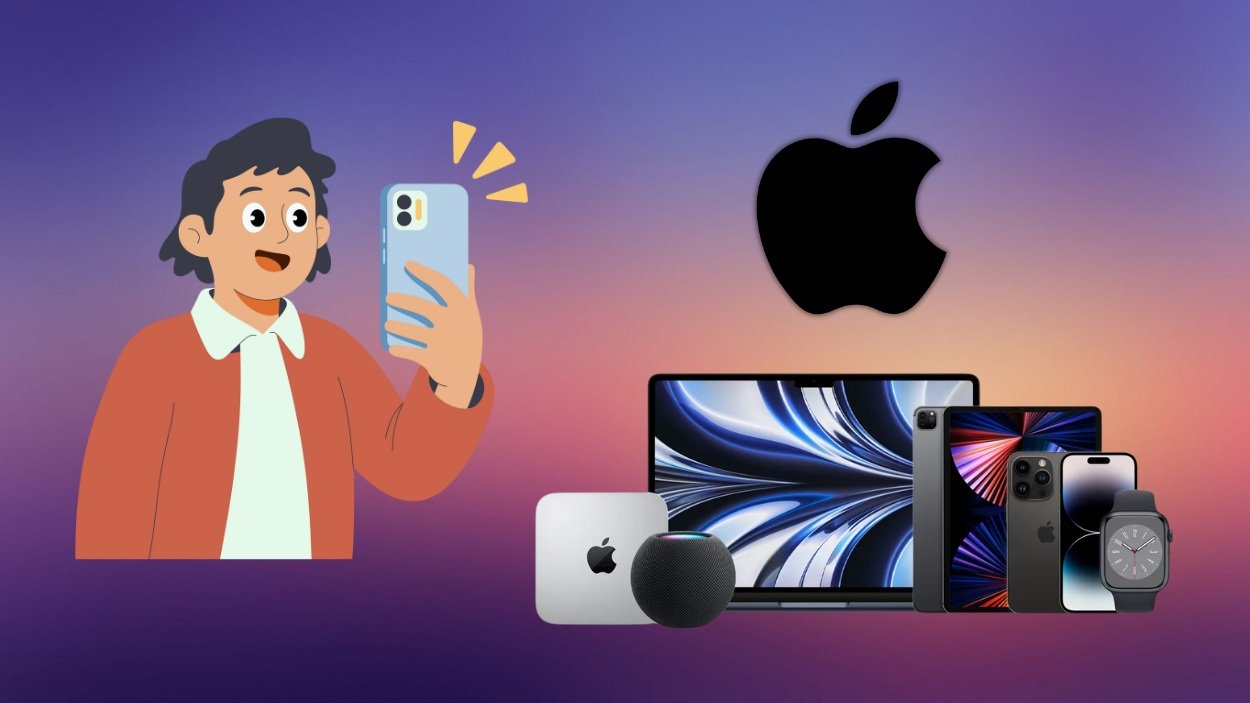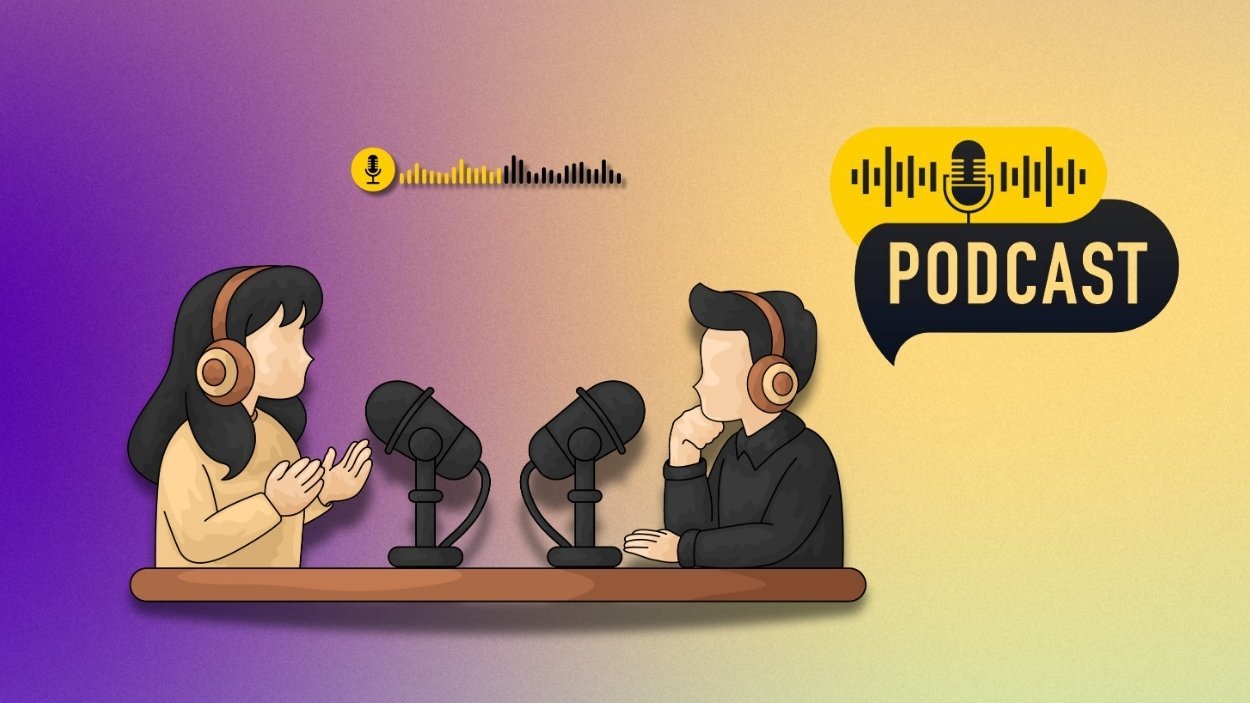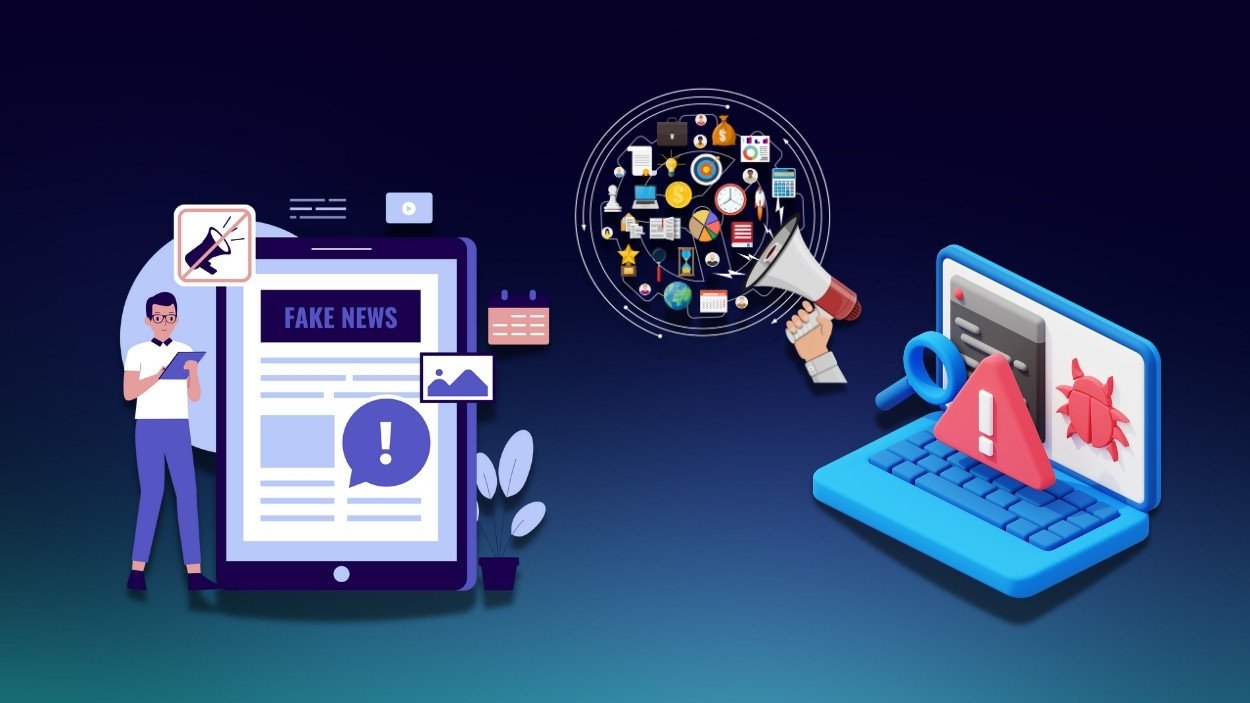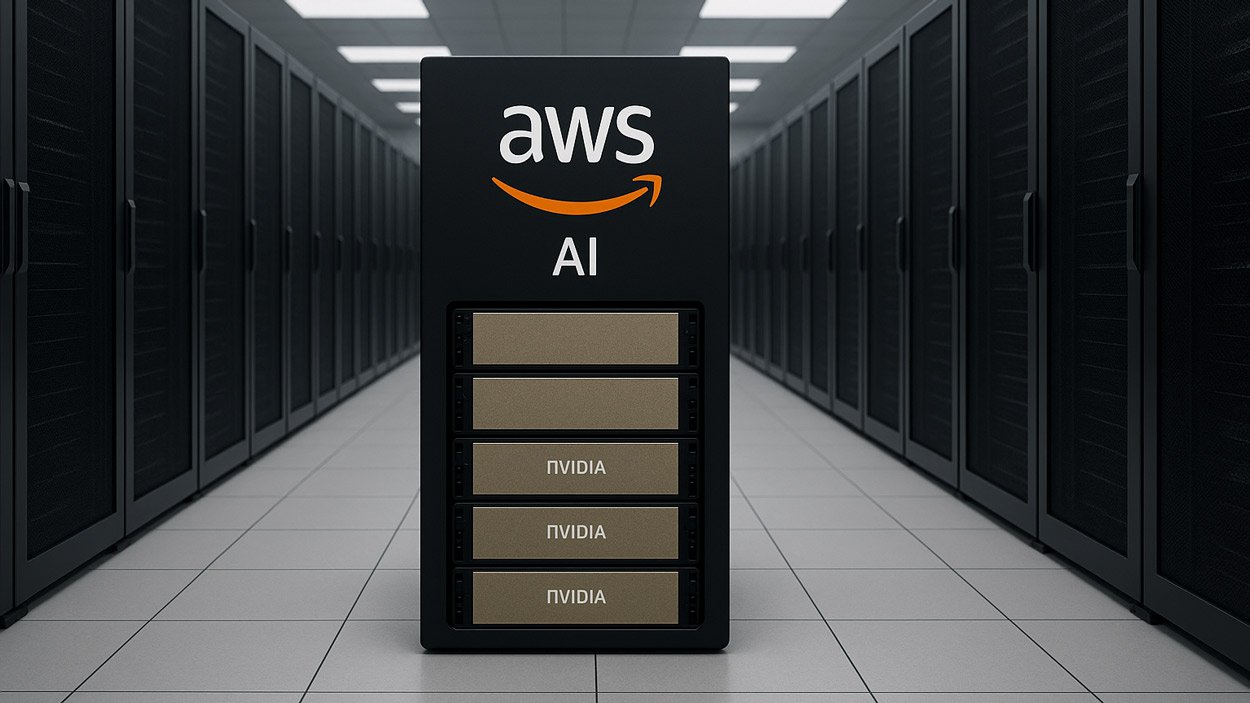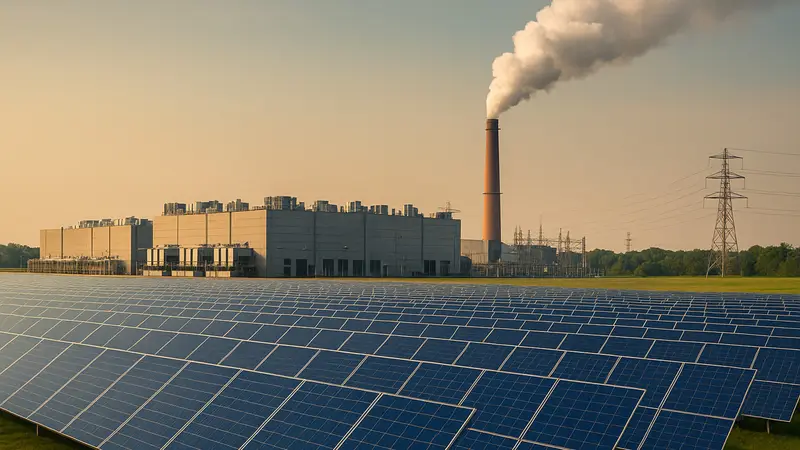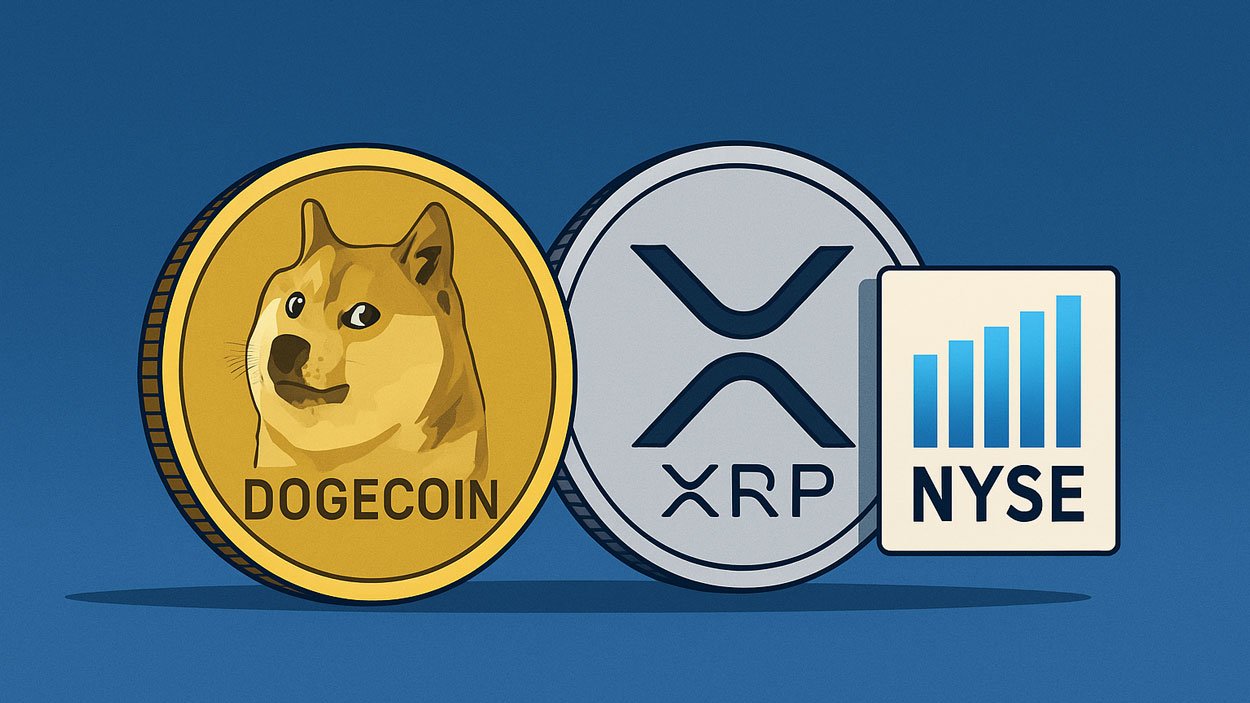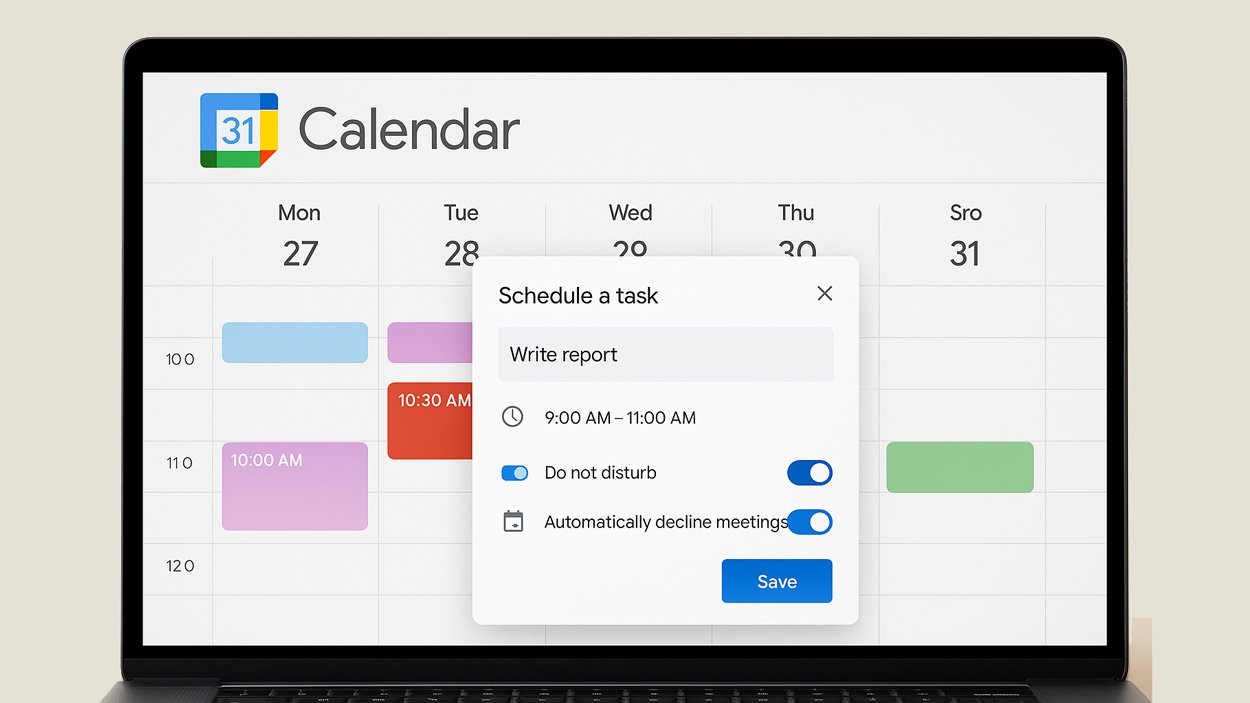Apple’s experiment with ultra-thin smartphones appears to have hit turbulence as reports indicate the company has delayed the iPhone Air 2, originally expected to debut in fall 2026. The tech giant is said to be rethinking the design after weak demand for the first iPhone Air, raising questions about whether the lightweight concept can find a lasting place in Apple’s lineup.
Quick Summary – TLDR:
- Apple has reportedly delayed the iPhone Air 2, removing it from its production schedule.
- The current iPhone Air, launched in September 2025, has faced disappointing sales.
- Suppliers like Foxconn and Luxshare have scaled back or ended production.
- The next version could arrive in spring 2027 with a redesigned body and dual cameras.
What Happened?
According to multiple reports from The Information and 9to5Mac, Apple has informed its engineers and suppliers that the second-generation iPhone Air has been taken off the official roadmap. While the device has not been canceled entirely, development has slowed significantly, with only limited engineering work continuing. Apple is said to be exploring a redesign to make the next version more appealing to consumers, potentially introducing a second rear camera and improved battery life.
Apple is reportedly delaying the iPhone Air 2 indefinitely due to poor sales 🚨
— Apple Hub (@theapplehub) November 10, 2025
The next iPhone Air was expected to launch in September 2026, however, that is no longer happening
Source: @theinformation pic.twitter.com/ozAZD7OZKw
Apple’s Struggle With the iPhone Air
The iPhone Air, launched in September 2025, was touted as the thinnest iPhone ever, measuring just 5.6mm thick. Despite its sleek profile and lightweight design, the model has struggled to attract buyers. A survey by The Wall Street Journal found that only one in ten iPhone 17 customers in the United States chose the Air variant during the early sales period.
While other iPhone 17 models faced weeks-long backorders, the Air remained readily available on Apple’s website, highlighting the lack of demand. Suppliers have responded accordingly. Foxconn, Apple’s primary manufacturing partner, has dismantled most of its Air production lines and expects to halt production entirely by the end of this month. Luxshare, another supplier, stopped assembling the device back in October.
Why Thin Isn’t Always In?
The iPhone Air’s struggles mirror those of Samsung’s Galaxy S25 Edge, another ultra-thin smartphone that failed to resonate with consumers. Both devices prioritized slimness over practicality, leading to smaller batteries and reduced camera performance while still commanding premium prices. The iPhone Air starts at $999, just $100 less than the more powerful iPhone 17 Pro, which offers a triple-lens camera and superior battery life.
Analysts believe the issue stems from a mismatch between design ambition and consumer expectations. Buyers increasingly value features like battery longevity, camera quality, and performance over minimal thickness. As one industry expert put it, Apple’s latest setback shows that “design minimalism has its limits in a performance-driven market.”
What Comes Next for Apple’s Lineup?
Apple’s fall 2026 launch plans have shifted accordingly. Instead of introducing the iPhone Air 2, the company is expected to focus on its iPhone 18 Pro series and its first foldable iPhone. The standard iPhone 18 and entry-level iPhone 18e are now reportedly scheduled for an early 2027 release.
Some Apple engineers hope the iPhone Air 2 will return in spring 2027 with a reimagined design. Early reports suggest the company could add a dual-camera system, a vapor chamber cooling feature similar to that of the iPhone 17 Pro, and a slightly larger battery. However, as sources close to the project emphasize, it remains “too early to tell” if the redesign will make it to production.
Daily Research News Takeaway
I think this move shows Apple’s willingness to admit when an experiment doesn’t land. The iPhone Air’s concept was intriguing, but real-world users clearly value battery and performance more than a few millimeters shaved off the device. It feels like history repeating itself after the iPhone mini and iPhone Plus struggled to find footing. If Apple truly wants the Air to return, it needs to balance elegance with endurance. Personally, I’d love to see a lighter phone that doesn’t compromise on power. Until then, the foldable iPhone may steal the spotlight.










